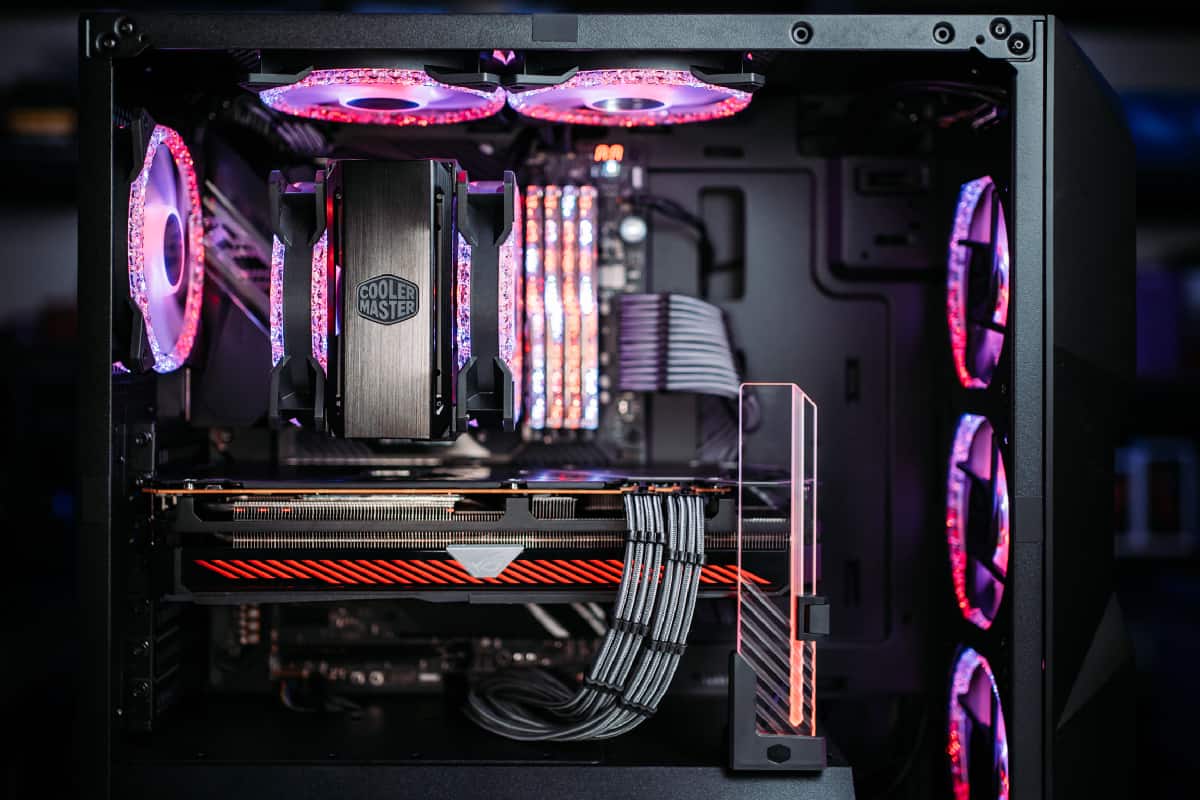Is a GPU support bracket necessary?

Table of Contents
The majority of modern graphics cards are designed to distribute their weight in a manner that typically eliminates the need for a GPU support bracket. These cards are designed with reinforced connection points, lightweight fans, and a compact form factor, which helps prevent the issue of sagging. The design of modern graphics cards intentionally takes this into consideration.
A GPU support bracket is not always necessary, but it can be helpful in certain situations. A support bracket can help prevent the sagging or bending of a heavy graphics card, which can cause damage to the PCIe slot or the GPU itself over time.
If you have a large and heavy graphics card installed in your system, a support bracket can help provide additional support and prevent sagging. This is especially important if you are moving your computer around frequently, as the movement can increase the strain on the PCIe slot.
However, if you have a smaller and lighter graphics card or a case with a vertical PCIe slot, a support bracket may not be necessary. It is also worth noting that many modern graphics cards come with their own support bracket, so you may not need to purchase one separately.
Can GPU sag cause issues?
GPU sag can cause issues over time, especially if left unchecked. GPU sag occurs when the weight of a heavy graphics card causes it to bend or sag downwards, which can put extra strain on the PCIe slot and the connections between the card and the motherboard.
If left unchecked, GPU sag can lead to permanent damage to the PCIe slot or the graphics card itself, which can cause stability issues, reduced performance, or even failure of the graphics card or the entire system.
GPU sag can also cause issues with the fans and other components of the graphics card, as it can change the orientation of the card and disrupt the airflow within the case, potentially leading to increased temperatures and reduced cooling efficiency.
To prevent these issues, it is recommended to use a support bracket to provide additional support to the graphics card and prevent GPU sag. Additionally, if the case has a horizontal PCIe slot, installing the graphics card vertically can also help reduce the risk of GPU sag.
